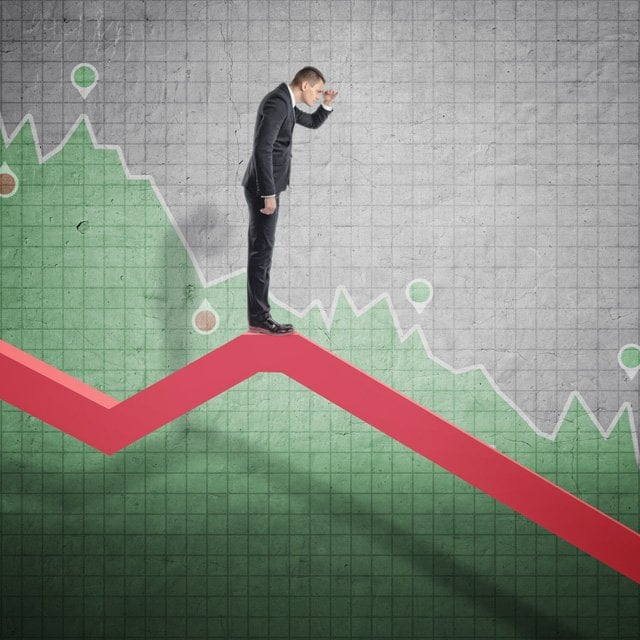Stocks Hit by Powell's Double Dose of Hawkishness

Wall Street got a reality check after Jerome Powell’s hawkish rhetoric shook trading desks across the board, hitting risky assets and prompting a shift higher in bets on Federal Reserve’s rate hikes.
During a Senate testimony, the Fed’s boss signaled officials are ready to speed up the pace of tightening and take rates to higher levels should inflation keep running hot. Equities saw an abrupt slide, with the S&P 500 back below 4,000.
The swap market at one point showed a half-point hike in March as more likely than a quarter-point move, with the projected peak now hovering near 5.6% — a recalibration that was cited in a note from market veteran Peter Boockvar entitled “A time for Advil and a check on the fed funds futures.”
Another worrisome development was that the U.S. 2-year yield exceeded the 10-year yield by a full percentage point on Tuesday for the first time since 1981.
Situations in which shorter-term rates are higher than those at the longer end are referred to as curve inversions, and are often seen as potential harbingers of recession. The dollar climbed against its developed-market peers, on track for its biggest gain in a month.
“Powell just said the quiet part out loud,” said Callie Cox at eToro. “The economy is performing impressively well, but that could complicate the Fed’s efforts to bring inflation down. Therefore, the Fed could accelerate rate hikes and hike more than expected to bring inflation down. This isn’t surprising news, but it’s a tough reminder for markets after such a brisk rally.”
Indeed, the sharp advance in stocks from the October lows has been supported by “hope over reality,” according to John Lynch at Comerica Wealth Management, who added that the outlook for a “higher for longer” Fed policy rate should be taken seriously by the markets.
Some economists also took Powell’s remarks as a sign that the Fed is more likely to take a bigger move at the March 21-22 meeting, though several market watchers are still expecting the central bank to roll out a more incremental 25 basis-point hike. Policymakers will have a chance to review the February jobs data and an update on consumer prices before they meet again.
And those reports could be “make-or-break” numbers as they could shape the Fed’s economic projections at its next policy meeting, according to David Russell at TradeStation.
“I do not think the Fed goes 50 bps at any of the remaining rate hike meetings at this point after already slowing the pace and will continue on with 25 bps until it finally stops,” said Boockvar.
Krishna Guha at Evercore also doesn’t think Powell’s message implies that a half-point rate hike in March is likely and continues to believe “it would require very hot February data such that the estimated peak rate would move up 50bp rather than 25bp.”
Recent Statistics
U.S. payroll growth has topped estimates for 10 straight months in the longest streak in decades, a trend that, if extended, will boost pressure on the Fed to keep raising interest rates.






